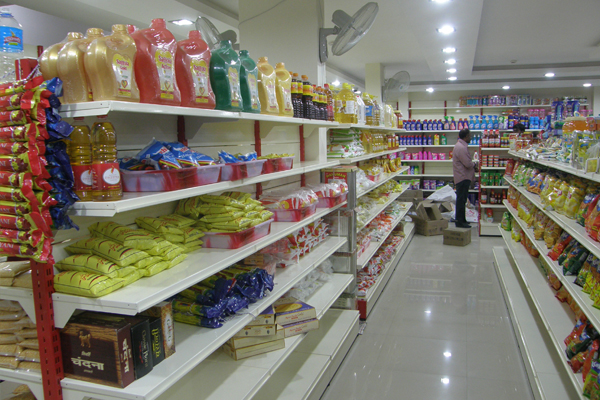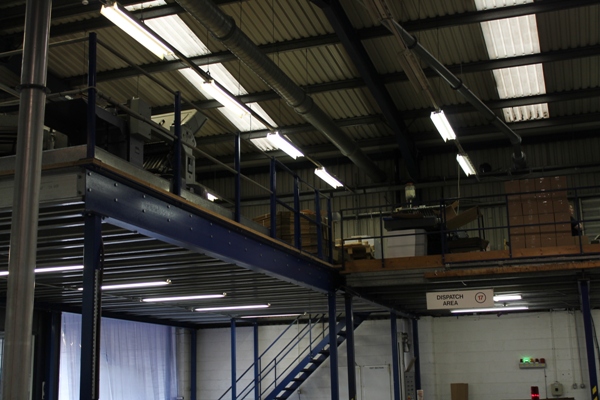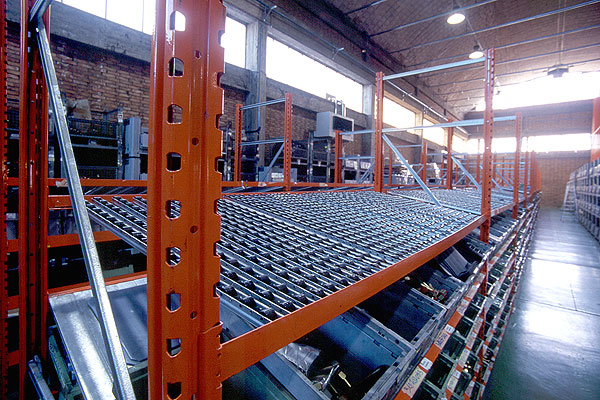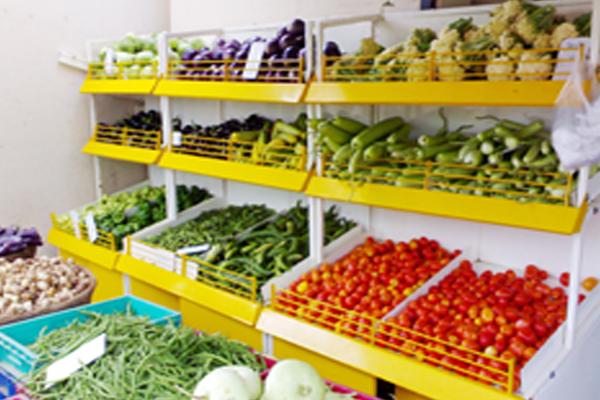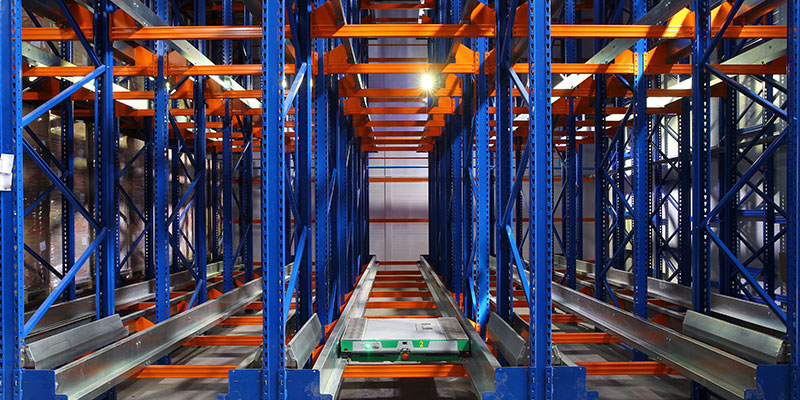
Distribution centres or warehouses consider space a precious commodity as inventory storage and retrieval plays a significant role. The primary objective of the warehouse manager is to maximise space utilisation. Numerous racking options are readily available for warehouses, making it difficult to determine the most suitable system for your facility. A poor choice of racking system can significantly impact your productivity and, ultimately, your profits. Therefore, several factors have to be considered while choosing a racking system. They are:
-
- Available space
- Physical location
- Pallet size
- Building construction
- Loading options depending on the item’s expiry and durability
- Flow of inventory
- Dimensions of the material handling equipment
Shelving options are dependent on the square footage. Usually, the bigger the area, the greater number of shelves that can be installed to maximize storage capacity. But a heavy-duty steel rack like the drive-in rack can increase your storage capacity by up to 75 percent compared to conventional selective racking and floor stacking alternatives. In this article below, we will discuss various aspects of a drive-in racking system.
All You Need to Know About Drive-in Racking System
Drive-in racking solutions are designed specifically for high-traffic warehouses and are suitable for forklifts. These systems permit forklift drivers to maneuver directly into the containers, facilitating loading and unloading from the same entrance. Unlike conventional racking systems, drive-in racks do not utilize horizontal support structures and eradicate the need to load and unload with separate aisles, resulting in greater storage density.
Drive-in racking has column protectors to assure safety in high-traffic environments. These systems comprise shelving units with supportive pallet rails that form loading aisles. These inner aisles are accessible to forklifts with tall loads while supporting rails on either side hold the piled pallets at varying heights. Numerous drive-in rack systems can store up to ten containers. These racks operate according to the LIFO (Last In, First Out) or FILO (First In, Last Out) cargo management concept. The adjustable supports contribute to space efficiency and are simple to install.
Types
Single entry
Single entry drive-in racking system has only one side that allows forklift access. This is the most common drive-in racking solution in the F&B industry, suitable for large coolers and freezers.
Double entry
Double-entry drive-in racking provides forklift access from both sides of the shelving unit. This was created to offer fast rear access to pallets. Using side rails, these vertical elements (upright frames) are connected. When new inventory is loaded, pallets travel along the rails. This configuration permits FIFO (First In, First Out) loading, which is preferable for items with brief shelf life. Double entry structures keep varying with time and in order and have acquired the name “drive-through racking system.”
Drive-in Heavy Duty Steel Rack – Working, Applications & Factors to Consider
Working
Drive-in racking is a storage solution with distinctive characteristics. Here is how it operates:
- The forklift enters the path to rack storage when utilising drive-in racks, with the pallet elevated above the intended placement level.
- Without using wheels and carts, pallets are positioned on parallel static rails and piled one over the other.
- Pallets are placed in a deeper location within each passage, commencing from the floor level to the upper areas. Each passage contains an identical SKU.
- Unloading occurs in the reverse loading pattern, having the top pallet removed first until the lowest one is reached.
- The drive-through layout consists of two aisles and pallets being taken out from the aisle opposite the loading aisle. Unloading is carried out from the highest to the lowest level.
Applications
Drive-in rack solutions may not be suitable for all warehouses. It must cater to particular requirements. As discussed earlier, when it is possible to store pallets for ten rows, it will make it more difficult to access the pallets that were loaded first. This is because there are other loads present close to the loading port. Thus, drive-in racks are optimal for non-perishable items or products that don’t need constant rotation.
Since these racks can only be accessed from one location, it is essential to note that they can operate as per the LIFO loading principle. Another vital aspect is time sensitivity. Since the pallets that were loaded first will be the last ones to be unloaded, the contents of these pallets must be capable of remaining in storage for longer. Drive-in rack solutions offer great value to warehouses that satisfy these requirements.
Factors to consider
There are a number of important factors to take into account before making a final decision.
- When transporting inventory, forklifts frequently cause more physical damage to drive-in systems. This is because forklifts drive into and through the assembly. To address this concern, you must include replaceable stops or guides.
- The height, location, and number of racks are determined by the life cycle of the inventory and product flow.
- It is crucial to ensure that the weight of your inventory corresponds to the load capacity and structural rating of the designated mounting system.
- Your forklifts’ size, turning radius, and lift range should be suitable to accommodate the aisles established by the shelving system’s components.
By meticulously considering these variables, you can determine if a drive-in racking will be the optimal solution for your warehouse’s requirements.
Elaborating on the Benefits of Drive-in Racking Systems
The most popular benefits of drive-in rack solutions are:
Warehouse space management
By installing a drive-in storage system, your warehouse space can be maximised. The storage space of clients who adopted this approach increased by an astounding 80%. You can benefit better by employing a flexible, dense-oriented structure with a lesser number of aisles.
High-density storage
One of the primary benefits of a drive-in racking setup is its capacity to increase storage density. This system enables you to maximise warehouse utilisation. With the ability to store between 6 to 8 pallets deep, a precisely optimised drive-in system can significantly expand the available storage space.
Easily transportable, modifiable, & upgradable
The cross-beam designs of a drive-in racking solution are simple to navigate, making it easy to use for your employees, especially for forklift operators. In addition, this system’s flexibility for modifications is one of its most notable advantages. You can expand the amount of space you have with little effort and alteration.
Low maintenance & assembling expenses
Drive-in racking solutions are attractive due to their affordability and ease of assembly. These racks are made of high-quality, long-lasting materials that are easy to maintain.
Final words
A drive-in rack need not be the game-changer for every warehouse, but it offers a number of advantageous features. They are economical, durable, and maximise warehouse space utilisation. These characteristics can yield countless positive results and should be considered when determining the optimal rack system for a warehouse. Get in touch with Donracks in Chennai if you wish to invest in a sturdy heavy duty steel rack to maximise the space in your warehouse.

